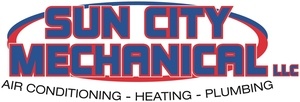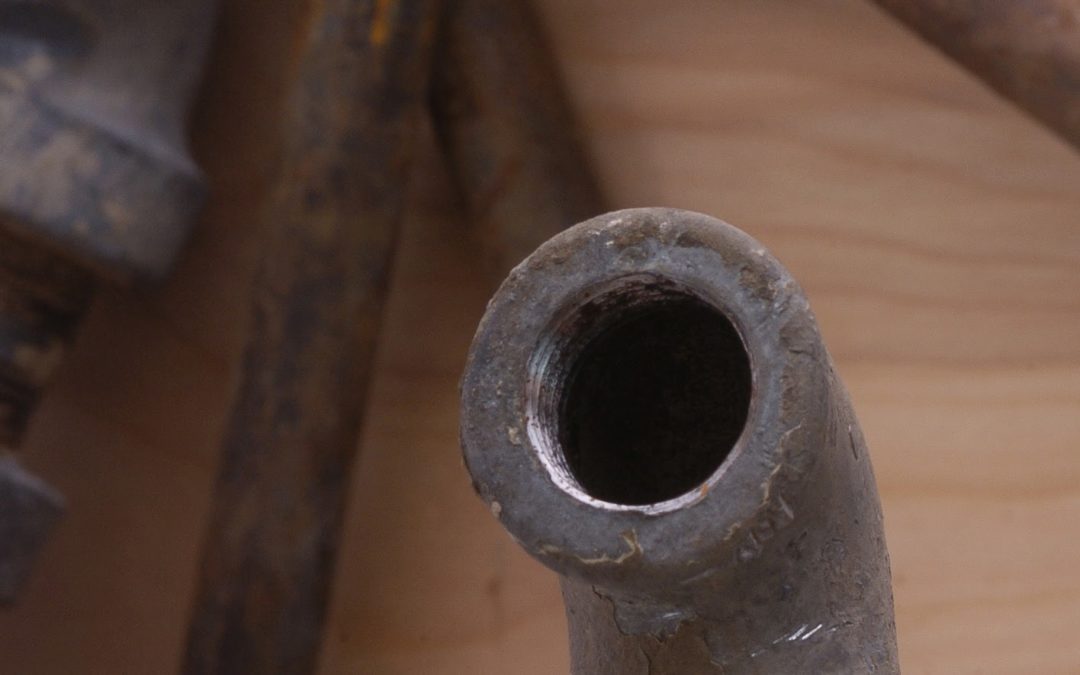Most furnaces use natural gases or electricity to heat homes. That being the case, Sun City, AZ, residents find it mind-boggling why rust forms on their furnaces yet water is not a component in the heating system. Rust, when left unchecked, can lead to cracks and holes in the system. Such crevices cause poor combustion of fuel, resulting in the emission of toxic gases such as carbon monoxide. Here are some of the causes of rust on your furnace and the effect of not taking effective measures to mitigate the risks.
Water Leaks
A water leak is any hole that allows water to escape from your property. These holes can come from anywhere, including pipes, faucets, toilets, showerheads, sinks, and even drains. They can also occur when soil moves around under a foundation.
The furnace area is usually secluded and far from water sources. However, the room may be prone to water leakage from various sources. For example, the roof above the furnace may have leakage or a plumbing error, causing water to drip to the furnace room. The doors and windows are left open in some instances, making the furnace susceptible to water contact.
There are other cases where the room housing the furnace has broken windowpanes. This lets rain water in. Cracks on the walls or foundation of the basement can cause water to seep through to the furnace. Leaks from underground pipelines are other big culprits that can cause basement flooding. It is easy to see where the problem is coming from because there’s usually a puddle of standing water near the source of the leak.
When you find a leak, you should immediately call a professional plumber. There are many reasons why you would want to hire Sun City Mechanical for such issues. Our plumbing experts will fix most problems regardless of how small they seem to be. At all times, we do much better than regular DIY repairs because we locate the root cause of the problem and can make fixes without damaging your property.
Excess Humidity
High indoor humidity can occur when there’s an excess of water vapor in the air. Water vapor is found naturally in the atmosphere, although it can be accelerated by many indoor plants, drying clothes indoors, and cracks in the ductwork. Excessive water vapor indoors can cause severe problems such as mold growth, mildew, and mustiness.
Humid air causes chemical reactions with the furnace, which can then lead to rust. Breaks and holes in the ductwork let outside moist air penetrate the stove, leading to more rusting. Cool metal is also likely to collect condensation.
Exhaust Problems
The heating process of the furnace leads to the production of combustion gases as a by-product. If you’re using a gas furnace, the gas in your heat exchanger will turn into vapor after the heating cycle. As the gases vent out of the system through the furnace flue, they cool down. The vent system discards this vapor into the atmosphere, leading to little or no rust on your system. However, if there’s an issue with the ventilation channel when the mist comes into contact with the metal, it causes a reaction that leads to rust.
Poor Installation
Most contractors tend to install the air conditioning unit directly above the furnace to save on space. However, this situation is a disaster in the making since the drain pan is subject to wear and tear, and the drain line can get clogged by particles. Consequently, water on the broken pan drips downwards to the furnace, causing rust on the stove.
Old Age
Extensive years of service can cause corrosion due to continuous exposure to combustion. Furnaces that have been in operation for more than 15 years should be replaced instead of repaired. The old furnaces have reduced efficiency of up to 20 – 40% in extreme cases.
Consequences of a Rusted Furnace
An ugly outward appearance is not the only issue that rust presents to your furnace. There are more dire problems, including the following:
1. Cracks in the heat exchanger lead to leakage of toxic gases, including carbon monoxide. Exposure to this gas can result in severe health conditions or death in the worst-case scenario.
2. Excessive rust leads to the insulation of critical parts of the heating system, which then leads to friction on the motor. Poor circulation of the motor affects the blower and overall air flow circulation, thereby inhibiting the proper functioning of the furnace.
3. More rust means faster degradation of your heating system due to the wear and tear of everyday use. Rust blocks the burner jet, making the system inefficient in heating your home. This translates to more energy consumption to attain desired heat requirements, leading to higher energy bills.
4. Extreme rusting can damage the fuel lines, posing the danger of explosion that can cause loss of property or life. This would mean losing out on your investments and having to deal with your insurance company.
How to Prevent Rust in Furnaces
Generally speaking, rust is a slow natural process when metal, water, and oxygen mix and react. Therefore, it means that rusting is inevitable at one point in time for your furnace. This is one of the reasons you need to change your heating system if it’s about 15 years old.
To salvage your HVAC from rust, you need to invest in waterproofing your home. You can achieve it through caulking, weatherstripping, and excellent drainage. Moreover, consider whole-home humidification solutions and routine maintenance checks by an HVAC professional.
The anode rod is made from an alloy of aluminum and magnesium and then fit into the water tank. With continued operation of the heater, the anode deteriorates. This results in the corrosion of the inside lining of the tank. The final result is that you will have a furnace that eventually rusts. The best way to resolve this issue is to have the anode rod inspected periodically and replaced at least once every year.
How to Eliminate Rust From Your Furnace
If your furnace already has rust in it, it’s important that you get rid of the rust. One of the best ways to do this is by using a brush with stiff bristles to clean any rust that is on the surface or the interior of the furnace. Our skilled technicians will use a blast of dry nitrogen to blow out the vestibule area and the burners. The benefit of cleaning these two areas is that it becomes easier to ignite the furnace and creates a more efficient appliance.
It’s crucial to have a working heat system in the wintertime. The most effective way to achieve this goal is to have our team Sun City Mechanical company inspect, maintain or repair your furnace in Buckeye, AZ, and the surrounding areas. Our company also offers solutions on indoor air quality, plumbing, and AC services. Book your appointment today for further information.

